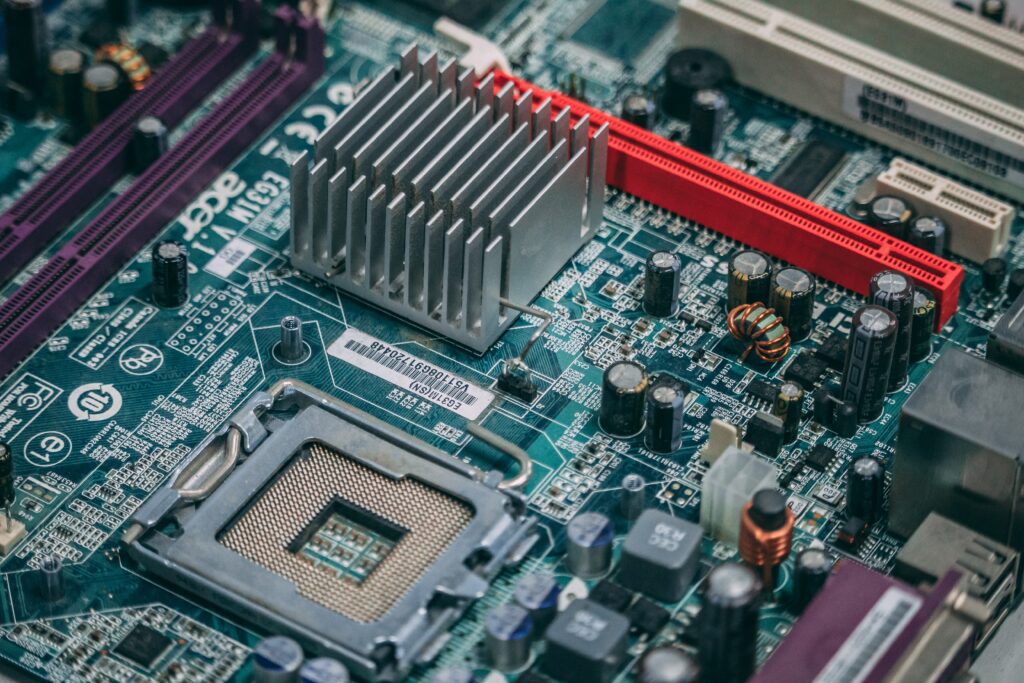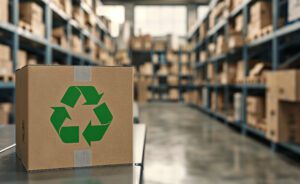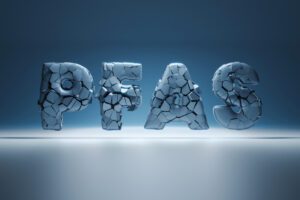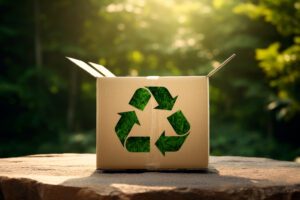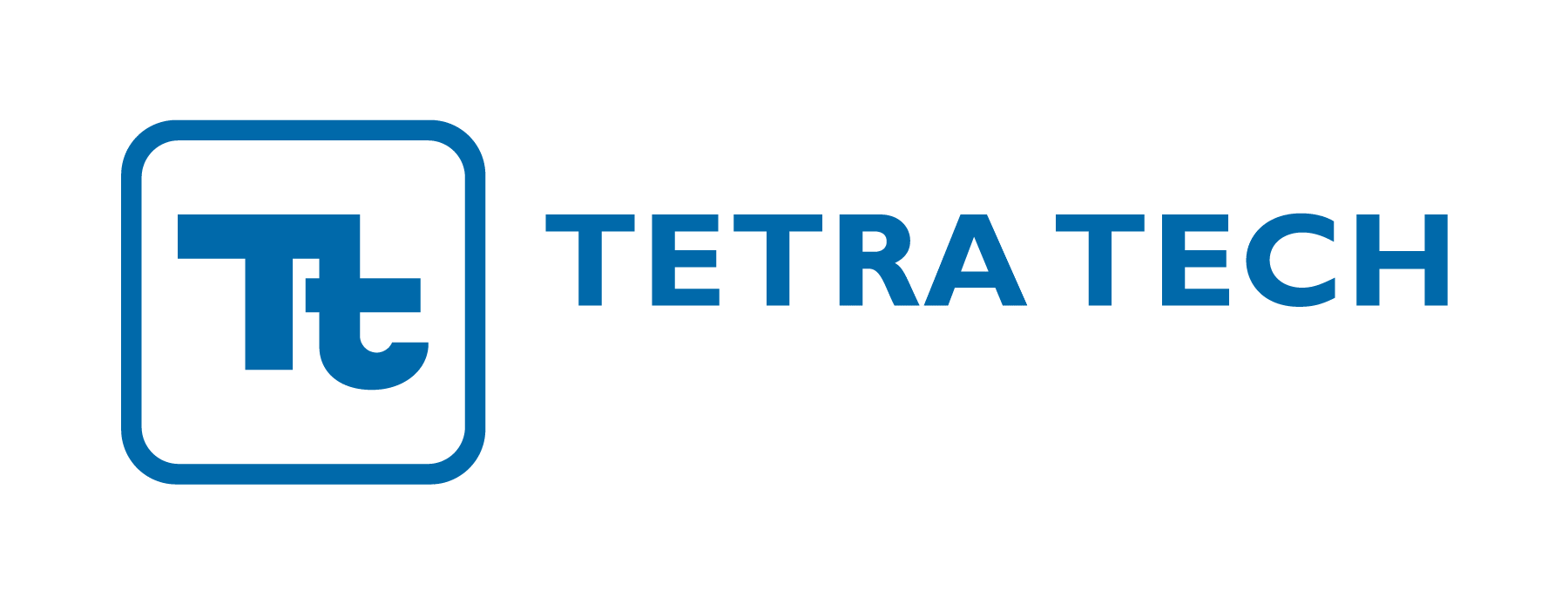If you produce electrical equipment or electronic components, you are hopefully well-versed in the Restriction of Hazardous Substances (RoHS) Directive. But if you are just starting out and need to understand what RoHS is, this primer will help you understand the basics of meeting this product compliance requirement.
What is RoHS?
RoHS is a directive that restricts the use of hazardous substances in electrical and electronic equipment (EEE). Because our use of electronics has increased exponentially in recent decades, the harm these electronics and electrical components can have on the environment has become impossible to ignore.
The goal of RoHS is to limit the impact that hazardous substances in electrical equipment can have on the environment and human health.
Learn more with these RoHS FAQs.
RoHS Background
The RoHS Directive was first introduced in the European Union in 2003, aiming to reduce hazardous substances in EEE. It is also known as Directive 2002/95/EC.
In 2011, the EU introduced RoHS 2, a revision of the original RoHS that put new requirements in place. The biggest change in RoHS 2 was that RoHS compliance became required for a CE marking. RoHS 2 also included new standards for exemptions.
Since the introduction of RoHS in 2003, other countries have also put their own RoHS regulations into place, including Japan, China, and states within the United States. You will need to understand the RoHS requirements that are specific to the country you manufacture in or import into.
Meeting RoHS Requirements
To meet RoHS requirements in the EU, manufacturers and importers of EEE will need to know if their products contain any of these substances:
- Lead (Pb)
- Mercury (Hg)
- Cadmium (Cd)
- Hexavalent chromium (Cr6+)
- Polybrominated biphenyls (PBB)
- Polybrominated diphenyl ethers (PBDE)
- Bis(2-ethylhexyl) phthalate (DEHP)
- Benzyl butyl phthalate (BBP)
- Dibutyl phthalate (DBP)
- Diisobutyl phthalate (DIBP)
Restrictions for these substances are based on concentration of hazardous substances by weight. Your products will need to be tested for the presence of these restricted substances. Even if you don’t directly manufacture EEE, you may still be asked by your customers to meet RoHS requirements as part of their supply chain due diligence, and you will need to know if your products contain any of these substances.
Once you have determined that your products are in compliance with RoHS, you can submit documentation and receive your RoHS Certificate of Compliance.
There are certain categories of products, such as renewable energy products and medical equipment, that may be exempt from RoHS compliance. It’s important to note that exemptions do expire, so if your products are eligible for an exemption, you will have to apply for an exemption renewal on a regular basis. Learn more about RoHS exemptions on the European Commission website.
Future of RoHS
RoHS is currently under review in 2023 for possible changes. These will likely include the addition of new substances to the Directive and changes in exemptions.
The best way to be prepared for any possible changes to RoHS is to keep a full materials declaration (FMD) for your products. An FMD will keep track of all substances in your products and details on those substances. This means that if new substances are added to RoHS, you will immediately know whether or not your products contain those substances and can act to keep your products compliant.
Get RoHS Support
Meeting RoHS requirements is an essential part of keeping your products on the market in the EU, and with other countries implementing their own RoHS regulations it has become part of global product compliance.
If you need help navigating RoHS compliance, contact Tetra Tech’s product compliance experts at [email protected]. Our team has decades of experience meeting product compliance requirements across the globe, and we can help you with everything from surveying your supply chain to training your employees to managing your compliance reporting.

